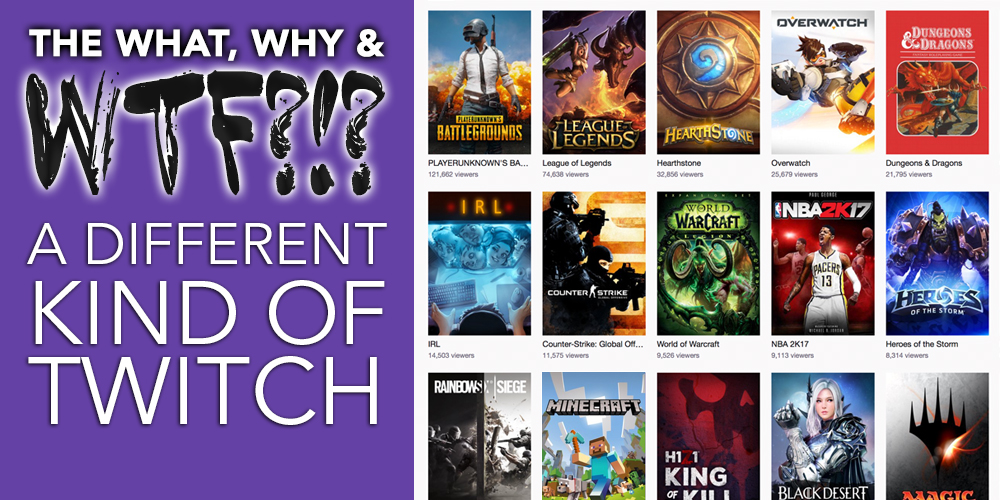
It’s been a while since I’ve written one of these WWWTFs. Uni stole my time for the most part, but there were still plenty of hours in the day for me to write up a few words here and there. That time wasn’t spent being productive, though, because The Yogscast’s back catalogue requires serious dedication to get through. You need the drive to keep watching videos even when you know that an assignment is due the next day, and if anyone could pull off that sort of mad play, it was me. Yep, I’ve watched a solid… Uh… Too many hours of YouTube’s gaming section, but you’d think if I were in a gaming mood, I’d just play Wolfenstein.
Rather than playing games, it seems a growing number of people are watching others play them online instead. It’s not that hard to go onto Steam or GoG, find a game and get all up in its gooey GUI, but Let’s Plays have persisted as a format for a decade now. People seem to like watching other people play games, not because of admiration for their athleticism but because of something else. In the same way regular people with husbands and money watch footy at the pub, gamers watch streamers playing video games with a sidebar of updating text from complete strangers. There’s something about Let’s Plays, streaming, all those gaming videos that filthy nooblets scoff at because we could “just play the game” that appeals to us. Before we look that far, let’s take a second to remember just how awful the internet used to be.
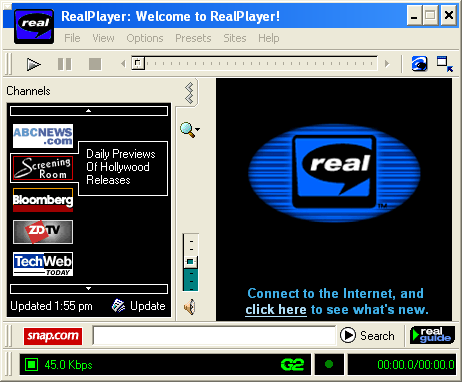
Just look at all those pixels!
Give It a Like
When the internet was transitioning from nuisance to new vogue (circa 2005), watching videos online was a frustrating endeavour. If you didn’t want to use a plugin like Real Player or Flash, you’d have to download the whole thing directly to your hard drive. The idea of streaming as we know it today was ludicrous, but that didn’t stop the crazy ones among us from making (questionable) quality content. Whether it spread through YouTube links, embedded flash players or otherwise, gamers were making videos about their favourite hobby long before standardised platforms existed. And what were those passionate psychopaths uploading? Why, Leeroy Jenkins, of course!
Videos about running a dungeon in WoW or using the game engine for a cheeky machinima started gaining traction online. Forums and content hubs, like Newgrounds and Something Awful, helped spread videos into the annals of society, and soon enough, ordinary people started noticing. Gaming videos stopped being a supplement to playing an MMO with your buds and became an independent venture, like tennis or the Star Wars EU. The Let’s Play format became popular, platforms like Twitch were becoming more feasible, and gaming had taken the driver’s seat at YouTube HQ.

Videos tended to be a lot more accessible and digestible (sometimes entertaining) than this stuff
Fast forwarding to 2017 and holy balls, gaming videos are an industry rivalling Hollywood. Folks like Total Biscuit, Jesse Cox, Pewdiepie, Ben ‘Yahtzee’ Croshaw, Markiplier, and Jim Sterling are household names to a gamer. Other cavalcades like the Yogscast, Roosterteeth and Best Friends Play aren’t exactly unknowns either, raking in millions of views from just playing games. Even traditional outlets like Polygon have gotten on the video train, releasing series and Let’s Plays to supplement their written content. People are consistently watching these videos and it kind of makes you wonder why they don’t just play the games themselves.
It’s an easy jab at the passiveness of viewers that they won’t just play a game themselves, but why? We know people watch sports for fun, and eSports are an athleticism of their own, but regular folk playing regular games seems far too mundane to concern oneself with. Moreover, it’s a well-known rule that reading the comments section of any video is as healthy as looking into the sun with a pair of magnifying glasses while humping a bed of nails. The social aspect of gaming videos is a little less palatable than an eSports stream, and it’s not helped by Twitch streamers awkwardly thanking fans for re-subbing every ten frakkin’ minutes. Oh, and never forget to like and subscribe. The social aspect isn’t entirely gone, though, and there’s one enormous benefit that buying a game doesn’t offer: It’s infinitely cheaper.
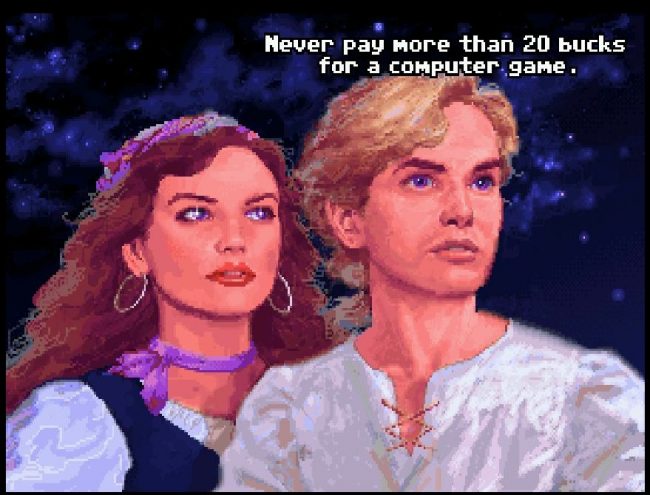
Never forget the wise words of Guybrush Threepwood… Stay frugal, buccaneers.
Subscribe For More
Sometimes it doesn’t matter how bad something is as long as it’s free. We often forget the downside of free things because, well, it’s free. I, for one, will go out of my way to acquire as much free garbage as possible, even if I don’t need a new set of fluffy pauldrons. When something is free, we not only forget the downsides but also tend to overvalue the thing itself. Gaming videos are (putting internet costs aside) a free form of entertainment that is hardly polished or high-quality, but they’re free! Scripted and highly curated content like video games and movies exist, but these videos are free, and we’re willing to put up with lower quality because of that. It also helps if you like the person on the other side of the screen.
We nerds get lonely, and at some point, you’ll want someone to hang out with, physically or virtually. In a sense, it’s not the video games you’re watching; it’s the reactions from the personalities behind the screen. You could go and buy the game, sure, but humans are very social creatures, and the opinions and attitudes of our peers mean a great deal to us. It doesn’t take much for someone playing a game to get on our good side, and once they are, you’re more likely to stick with their content. You’ve made a virtual pal, which sounds horribly one-sided, but it’s nothing new.
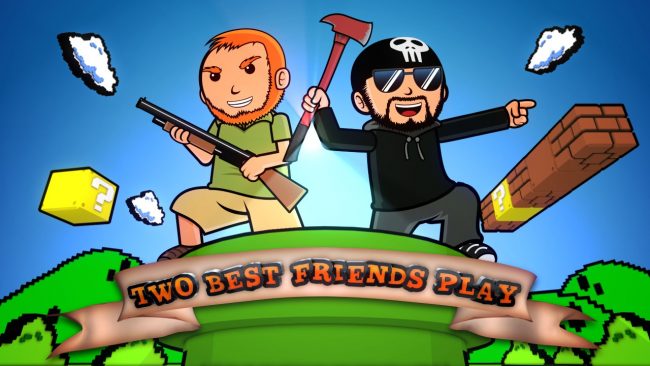
It might only mention two, but I’m one of them! For sure.
Part of the reason these videos have persevered is that they’ve appraised games for us. Sitcoms with laugh tracks are there to inform (or, as my old English lecturer put it, teach) the viewer when to laugh. The running commentary in a Let’s Play or stream guides our emotions in much the same way. How should I feel about these mechanics? The man on the screen says they’re okay, and I quite like the man on the screen, so I think they’re okay too! You’re seeing what they’re seeing, they’ve made an opinion, and as I said, humans are very social creatures. We like to fit in, but this is the internet, where vehement disagreeing is as normal as eating pancakes.
Just because we can be influenced by whoever is on the screen doesn’t mean we have to accept their opinion outright. The commentary is one thing, but seeing the game in action allows the viewer to form their own opinion based on gameplay footage. Simply going onto IGN or Metacritic and informing yourself with critical pieces isn’t enough anymore (and who trusts those sources these days?). We live in a time where you can see a game in action without buying it, allowing for smarter purchases and higher standards for those buying games. Then again, if we’re judging games via someone playing them, how is that delivery changing how games are made?

Hey, remember when Arkham Knight’s PC port sucked? Streamers helped me avoid that cesspool of disappointment.
Leave A Comment
Any prospective developer can see the potential of sending a game to a content creator. You can literally watch someone play your game in their native environment, but that’s also the problem. A streamer’s native environment isn’t chilling out after a 9 hour day of working the meat grinder; it’s putting on a show to strangers on the internet. Any feedback the game receives is through the lens of performance, and what the person on the other end thinks will influence the audience’s opinion too. Any time that feedback is taken onboard means that the game is designed around being viewed as much as being played.
Gaming is typified by trends, both regarding what games are selling and what is being watched. Right now we’re at the tail-end of a battle royale renaissance, and before that, we had survival games en masse. Where do these trends emerge from? One could put it down to evolving views and the refinement of game mechanics over time, but the audience is who’s running the show here. If people enjoy watching videos of, say, horror games, then what sane developer wouldn’t try to cash in on all those views? Games require mass amounts of attention, so getting the spotlight put on your game is as valuable as making it good in the first place. Enter the clone wars.
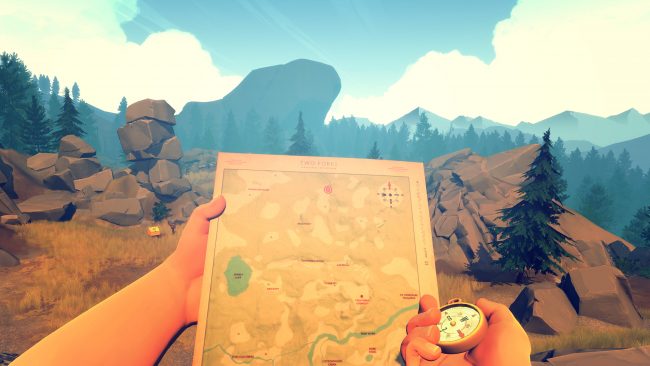
Some clones were better than others, but that doesn’t mean they weren’t almost identical gameplay-wise
When games get popular, copycats will pop up as surely as my ex will talk about her frakkin’ cat. Content creators are on the lookout for games that are similar to what’s been working for them so far, so it shouldn’t be surprising that developers would cater to those needs. The sheer volume of Slender wannabes that came out back around 2012-13 was almost entirely due to the popularity of watching YouTubers (especially the pewds) soil themselves at every jump scare. Games don’t stand on their own feet anymore, they ride on the shoulders of Twitch streamers, but it’s not like these videos are replacing games.
Funnily enough, gaming videos are more helpful to the industry than they are harmful. A well-known tidbit is that 80% of a Let’s Play series’ audience stops watching after the first few episodes. The intuitive reasoning is that people are interested in what the game has to offer before playing it themselves. There are still plenty of people watching for the personality on the other end, but the vast majority of viewers have left to buy the game. Games will pique the curiosity of the interested viewer before sealing the deal with seeing the game in action, but gaming videos help in a more subversive way.
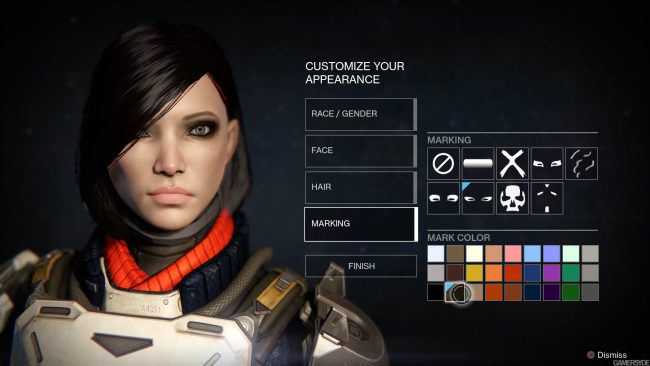
Never forget the power of identity in games, even if you never see your face in-game
Your typical gamer is 33 years old (according to the IGEA!) and probably can’t git gud every day. Whether it’s because they can’t afford a game, don’t have the time or just don’t have the energy, gaming videos can help them stay up to date with the gaming scene. Watching the Roosterteeth crew bumble their way through a new game can help reinforce the time-starved, tired, overworked gamer’s identity when they can’t keep up with modern releases. They want to, no question, but their family needs money for food, uni assignments need finishing and sleep is one of those things you need to do to live. Some people can’t buy games whenever they want, but they still want to be part of the community, and gaming videos are a way to stay connected.
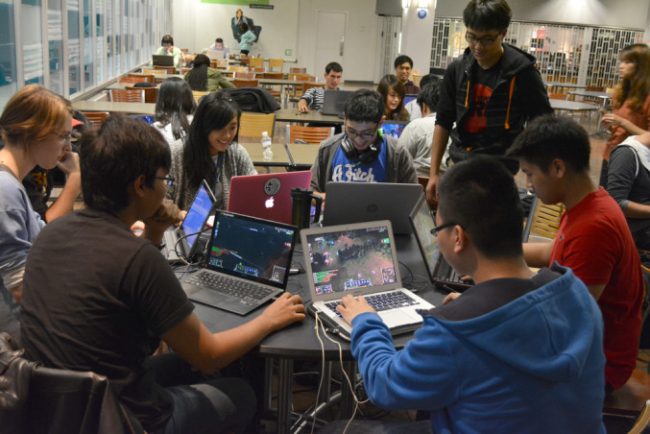
Can’t make it to one of these? Videos have got ya back.
Final Thoughts
Streaming and Let’s Plays aren’t as devoid of worth as some may think. They’re an excellent appraisal tool for buying games, they help people stay in touch with the gaming scene, and they’re even free! Such videos have led to more clones than John Hammond’s bright ideas, and while that can result in some stagnant game releases, you can watch Markiplier die instead of buying the game yourself. This is when I’d joke about going to check YouTube for the newest Yogscast release, but I’ll be honest, I’ve already done that. Hell, I’m watching two right now like a chameleon, and I’ll be damned if I miss their next Twitch stream.











